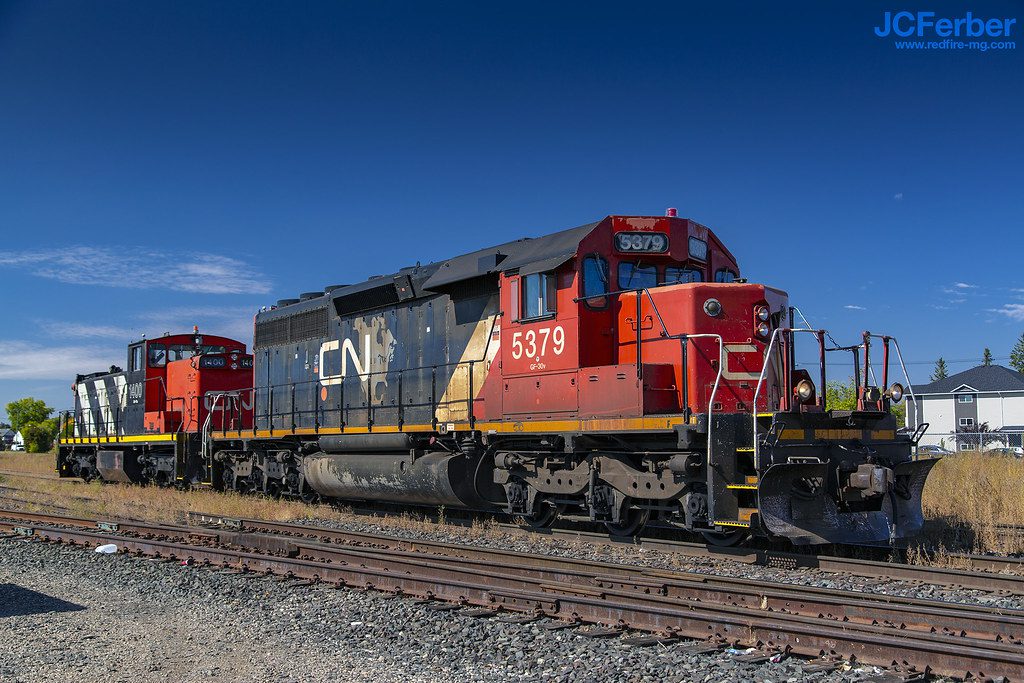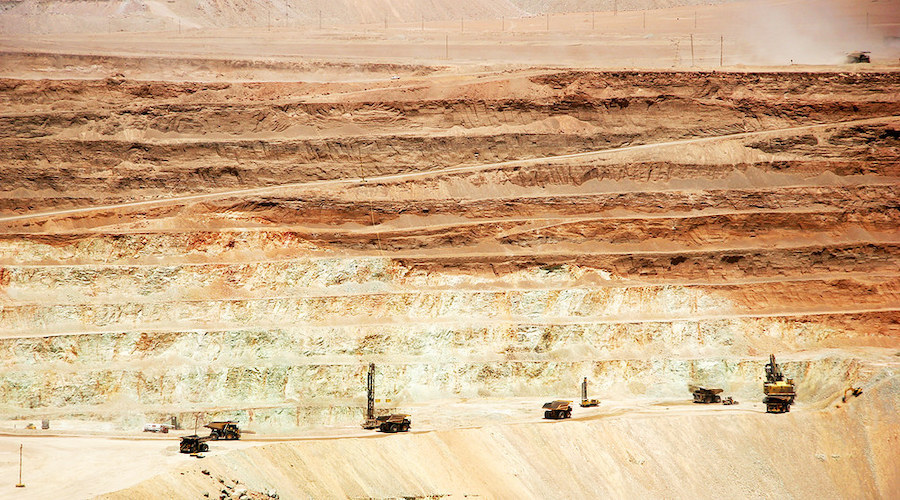Crude by rail poses higher social than financial risk – report

Shipments of crude oil by rail in Canada in 2021 are expected to remain below the peaks of the beginning of 2020, according to a new report by Moody’s Investor’s Service.
But reputational and social risks associated with accidents far outweigh the financial risk that shipping crude by rail poses for the two main Canadian rail freight operators, Canadian National Railway and Canadian Pacific Railway, which together move more than 95% of the country’s crude by rail continue to take steps to improve safety, Moody’s says.
The decline in crude production in western Canada has led to declining shipment volumes for the Canadian railways, yet despite big annual swings in carloads, the Canadian railways have relatively low exposure to the crude by rail segment; customer- supplied rail cars and customer contracts help minimize losses in revenue, the report reads.
The decline in crude production in western Canada has led to declining shipment volumes for the Canadian railways
CN Rail reported a 15% decline in carloads for its petroleum and chemicals segment for the nine months through September 2020 from the same period in 2019, Moody’s reports, while CP Rail reported a 30% decline in carloads for its Energy, Chemicals and Plastics segment. But even in busy years, crude and fuel shipments make up well below 10% of their transport revenue.
While crude by rail accounts for less than 2% of Canadian rail carloads, they involve a potential social-impact risk disproportionate to the business that they generate, Moody’s says. The railway operators, which are subject to “common carrier” obligations where they have to accommodate all traffic offered to them, assume considerable social risk with the possibility of changing policies, socially driven regulation, and investment decisions.
Rail accidents involving oil are rare in Canada, but they attract significant media attention and amplify public opposition to trains that carry crude by rail through or near towns and waterways.
Moody’s expects that both the rail operators and the Canadian government will continue their efforts to increase the safety of both rail transport and the transportation of dangerous goods in Canada.
Both CN Rail and CP Rail dedicate around 20% of their annual revenue toward capital spending, up to 50% of which goes toward railway infrastructure, spending that helps prevent derailments, Moody’s points out.
The railways have taken a number of other steps to reduce accidents, including upgrading their networks with annual investments in infrastructure and new safety technologies. Western Canadian producers are also developing less flammable technologies to solidify their bitumen for rail transport.
Canada’s federal government said it will invest C$25 million over three years to improve rail safety.
More News
Copper output from Codelco slips 6% in February
April 10, 2025 | 01:16 pm
Uzbekistan, US companies ink minerals deals
April 10, 2025 | 12:22 pm
{{ commodity.name }}
{{ post.title }}
{{ post.date }}




Comments